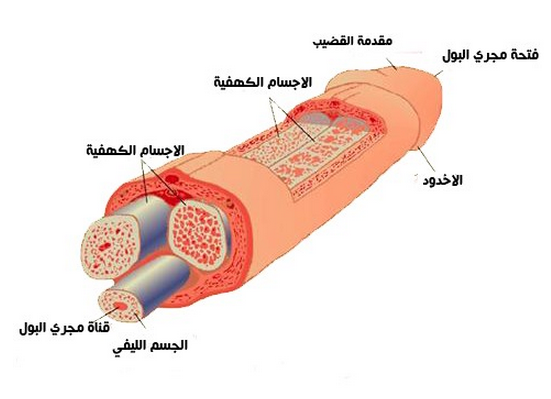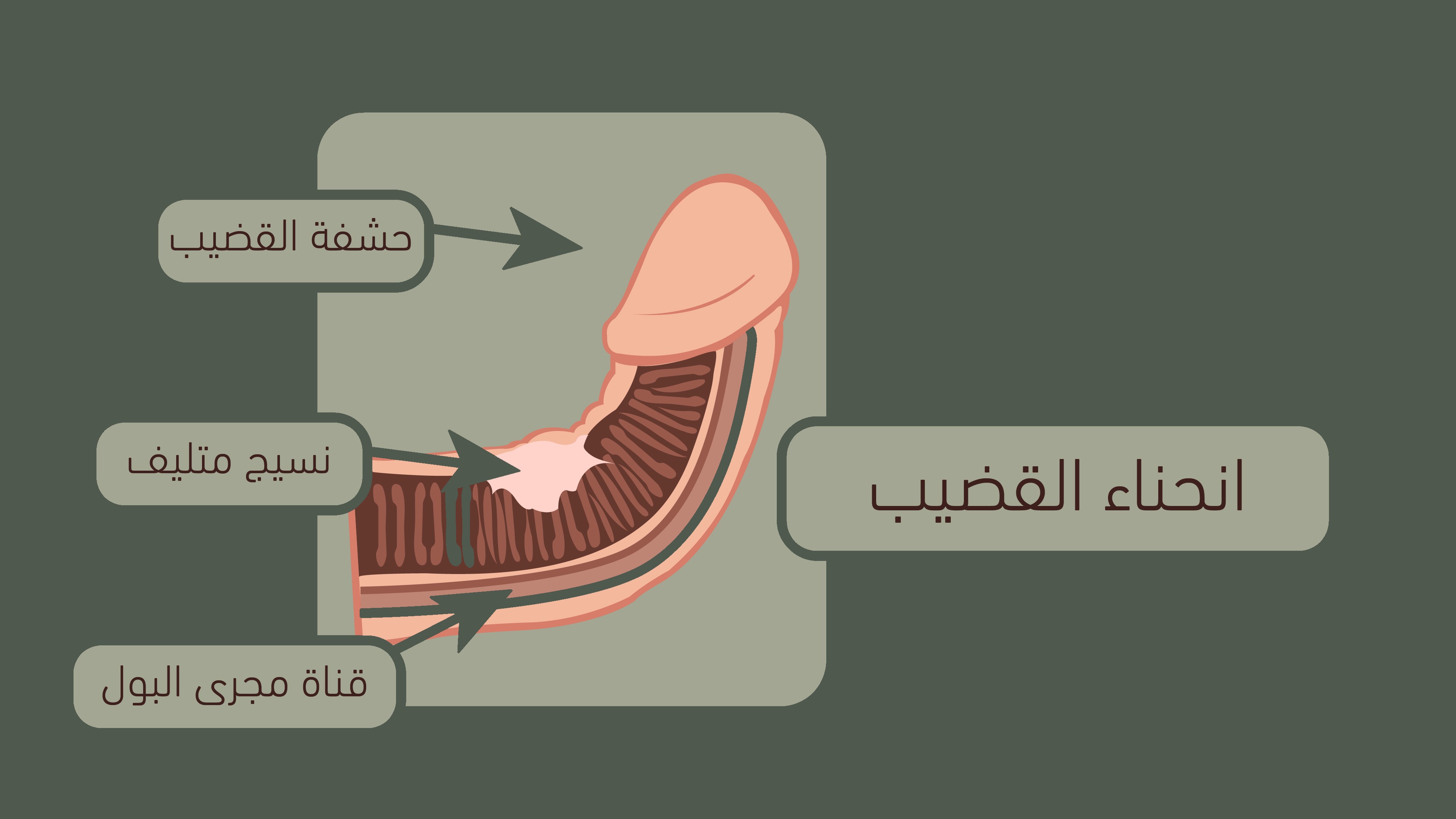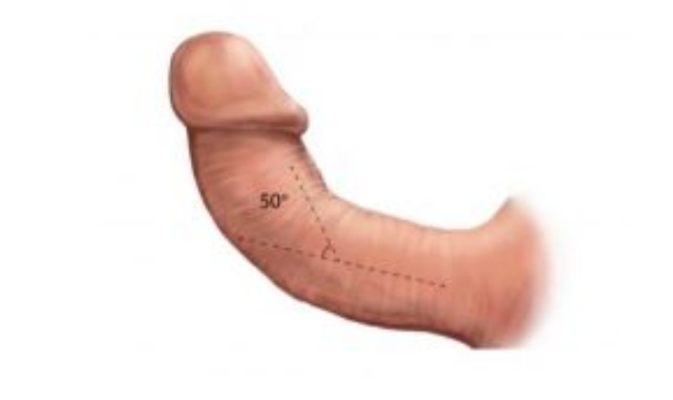The penis, the male reproductive organ, consists of the shaft, the glans, and the covering skin. Beneath the skin, there is a thick layer known for its elasticity, which protects the internal structures. In the inner part of the penis, there are three tubes or long structures resembling tubes. Beneath the lower part of these tubes (which faces the testicles), there is a spongy structure capable of absorbing urine and semen, and through it passes the channel that empties into the prostate and then into the bladder. In the upper part of the penis, there are two adjacent tubes containing a dense network of blood vessels.

Penile deviations can be divided into two types. The first type is congenital deviations, and the second type is deviations that appear later. The exact cause of congenital deviation is not definitively known. The second type is usually the result of micro-trauma, leading to the formation of plaques (Peyronie's plaque).

Deviations that appear later (Peyronie's plaque): There can be many reasons for later deviations, including: penile injury, chronic stressful exercises, injection therapy in the penis used to treat erectile dysfunction, vacuum device use, and the presence of connective tissue diseases. These reasons all lead to the formation of a structure resembling calcium sclerosis in the inner membranes of the penis, and this structure is palpable as a plaque (Peyronie's plaque). This condition usually occurs between the ages of 40 and 60. Sometimes pain may occur during erection. The disease can be diagnosed through examination, and color Doppler ultrasonography of the penis can help determine the size of the plaque, the presence of blood vessel problems in the penis, and estimate the degree of deviation.
This condition, whose cause is often unclear, is usually noticed after adolescence. Patients notice curvature in the penis during erection and seek medical attention. However, the number of patients seeking help is small due to embarrassment. The easiest and most effective ways of diagnosis are for patients to take photos of the penis during erection at home properly. The photos should be taken from the side and from above.

There is a natural cessation period of the disease after treatment usually lasting up to 18 months. Therefore, surgery is postponed until after this period ends to ensure its success, as early surgery may not prevent later deviations. Drug therapies in the early stage can prevent an increase in curvature in about 50-60% of patients and reduce pain during erection by up to 90%. Drug therapy is usually used in the early period of the disease, which lasts for 6 months, and often consists of prescribing several medications.
In addition to drug therapy in the early stages, focused extracorporeal shockwave therapy (ESWT) targeting the plaque is considered an effective alternative to breaking down the plaque and preventing erection problems. Shockwave therapy has been used to break kidney stones for many years and has become widespread in treating this disease. Shockwave therapy can be performed alone, or platelet-rich plasma (PRP) or stem cells (SVF) can be injected, or elliptical displacement to the plaque can be done.